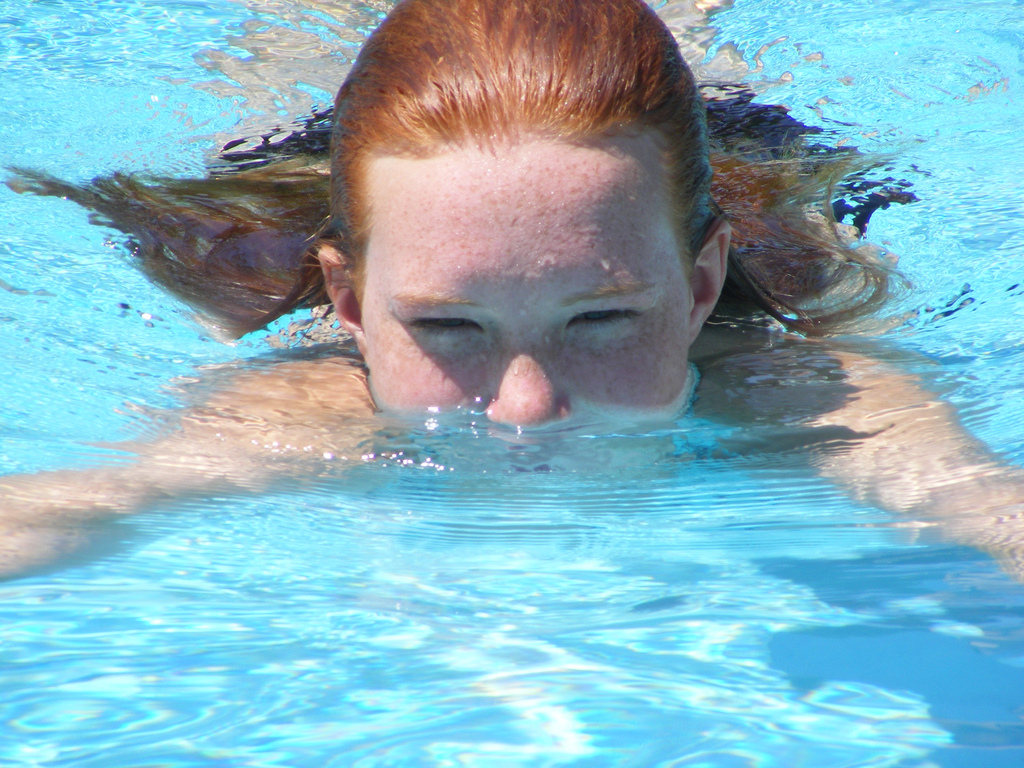Swimming Pool Safety

Summer is an ideal time to improve your health by making nutritious food choices and increasing your activity. The joys of summer – swimming, hiking, sun – are not without risk, however. Swimming pools in particular can be dangerous if you don’t use a little extra caution.
Water Safety
While children are not the only ones at risk for injury in swimming pools, they are most vulnerable to drowning deaths. The U.S. Consumer Product Safety Commission’s Pool Safely site offers the following tips for keeping your children safe in or near water:
- Always closely supervise your children when they are in or near any body of water, whether it’s a pool, spa, pond, or even the bathtub.
- Be sure that your children are aware of basic water safety precautions. Teach young children how to swim, and learn to swim yourself if you don’t already know how.
- Keep children away from pool drains, pipes, and other openings.
- If a child is missing, search the pool or spa first.
- Always have a telephone handy when at the pool.
- Learn and regularly review CPR skills for both children and adults.
- Understand basic life-saving procedures and techniques.
If you’re visiting a friend’s pool or a community pool, be aware of your surroundings and know what to look for to ensure that the environment is safe for swimming. You want to be sure that the pool has been inspected and is compliant with federal and local laws and regulations. You should also confirm that all safety drain covers are compliant with the Virginia Graeme Baker Pool & Spa Safety Act and that all pumps are running.
Residential Pools
More than 200 children die in backyard pools each year. To help keep your yard and pool safe, follow these precautions:
- Surround your pool with a four-foot-high fence or barrier that has a self-closing, self-latching gate. If your fourth pool barrier is your house, be sure that your home’s doors and windows are locked securely so that the pool cannot be accessed when not in use. In addition, the pool should have a safety cover when not in use and ladders or steps should be removed. If you have young children or are in a neighborhood with young children, you might want to consider a pool alarm that alerts you if someone enters the pool.
- No one (child or adult) should swim alone. Children should be closely supervised at all times, and adults should always swim accompanied by a “buddy.” Remember that a flotation device is not a substitute for adequate supervision.
- If you have a pool or spend time near a pool, everyone in your household should take an age-appropriate Red Cross learn-to-swim course.
- Be sure that your pool is regularly checked for the correct chemical levels, circulation, and filtration.
- Make sure that you have an established set of safety rules (no diving, no running on pool deck, etc.) and that they are consistently enforced.
- Have appropriate safety equipment handy and know where first aid and other medical supplies are kept.
If you’re looking for ideas for outdoor summer fitness, swimming provides a full-body, low-impact workout that’s suitable for all ages. By following the guidelines above, you can make it a part of your hot day festivities, while ensuring that you and your loved ones remain safe and healthy. Dive in!
References: American Red Cross, National Swimming Pool Foundation, U.S. Consumer Product Safety Commission
 The Daily Dose
The Daily Dose
Comments are closed.